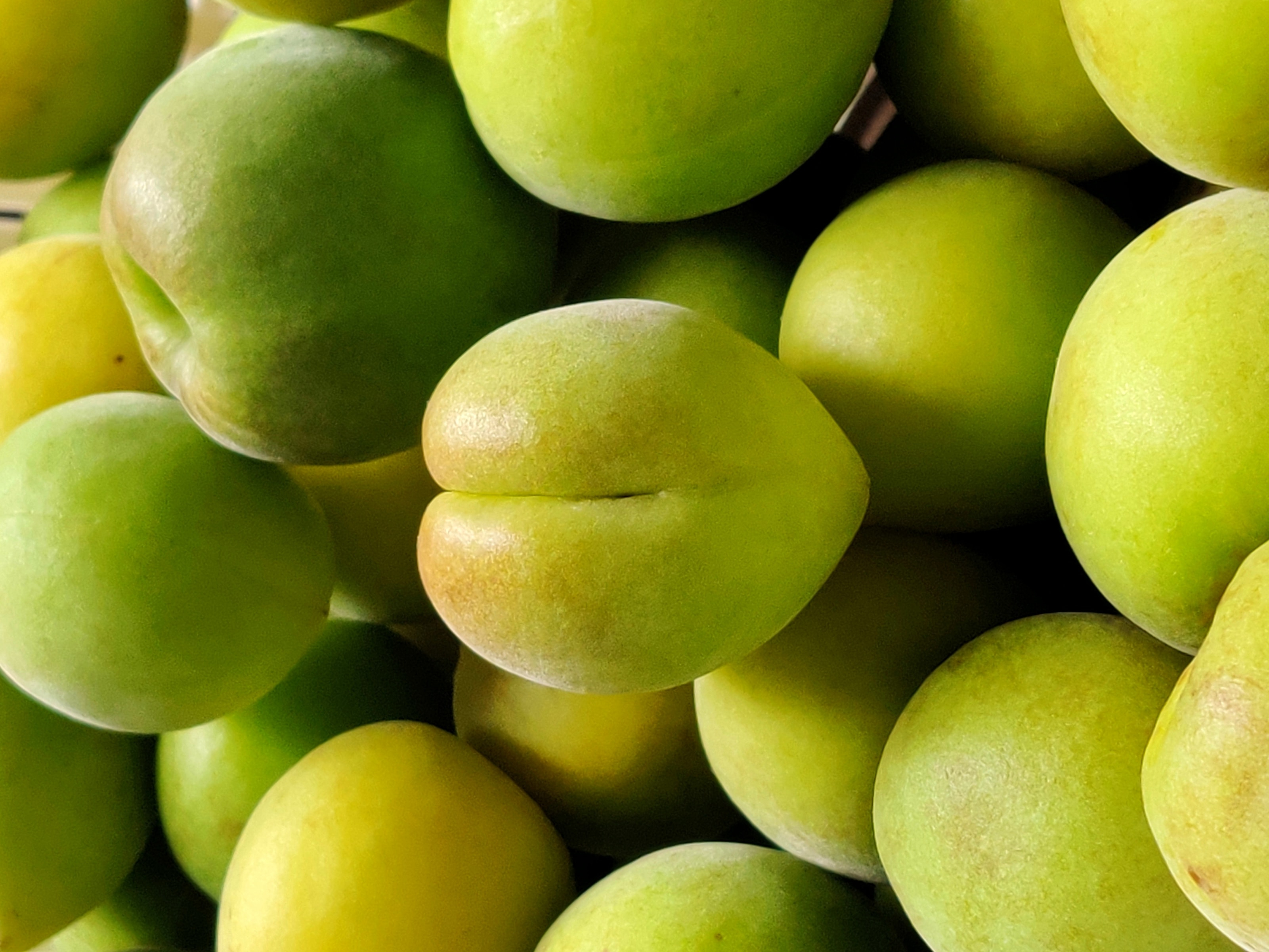Experts reveal some unusual, weird food combinations that will add a bit more zest to Valentine's Day dinner along with the science behind why they work.
Combos include peanut butter and pickles, strawberry and basil and caramelised onion and Kakadu plum.
Australia, February 2023: What better way to make a lasting impression on your Valentine than by experimenting with foods and flavours for the ultimate romantic feast?
Experimental cooking has become increasingly popular, with 249 million views on TikTok, the world is searching for #weirdfoodcombo. Valentine's Day is the ideal opportunity to try dishes that awaken all of the senses and some unusual, new food combos are the guaranteed way to do just that.
With this in mind, meal delivery service, HelloFresh, has partnered with Professor Russell Keast PhD, CFS, Head of Deakin's CASS Food Research Centre, to provide some unusual flavour combinations that are scientifically proven to impress for your date night dinner.
To be creative with unusual flavour combinations, we need to consider familiar flavours by their base elements and then balance them out with contrasting and complementary flavours, say culinary experts at HelloFresh. This Valentine's Day, why not treat your date to a romantic picnic in the park with peanut butter and pickle sandwiches? This weird flavour combination is all about the sour pickle juices cutting through the salty richness of the peanut butter.
For dessert, you can combine the sugar creaminess of ice cream with the tartness of balsamic vinegar for a truly balanced meal. Strawberry and basil is another weird but wonderful food combination, by combining the basil's grassy pungency with strawberries' sweetness and acidity, you have the perfect Valentine's Day treat.
Professor Russell Keast PhD, CFS, Head of Deakin's CASS Food Research Centre, where he studies taste and its influence on the consumption of foods, said the following:
"There are no absolute rules with food pairing and there are a lot of individual variations – some people enjoy pickles and ice cream, while others think it is revolting. But when you break down the possibilities there are generally four categories that work: 1. contrasts (salted caramel), 2. dominant (lime and chilli), 3. subtle (oysters and nori) and 4. complementary (vanilla and sweet).
"Vanilla is a very good addition to flavour combinations. It works because it is an attractive and subtle flavour that is complementary to both sweet and savoury dishes. It is important not to add too much, you want it to be in the background – not dominating.
"Caramelised onion and Kakadu plum, too. Kakadu plum has a strong sourness and slight bitterness which contrast with the sweetness of the onion. Perfect as a side dish for roasted lamb or grilled steak, then you have a strong foundation with all of the basic tastes having a role: salt, sweet, sour and bitter. In addition, you are also activating alimentary taste: umami and fat. So, with all these tastes activated, you have a great oral experience!
"Finally, Bush Tucker ingredients are gaining popularity, and wattle seed is one of those. Stewed apples and wattle seeds are exceptional. You could prepare an apple and wattle seed pie or crumble. You only need 1 tablespoon of ground wattle seed for 1 kg of cooked apples. It works because of the subtle grain/roasted flavour of the wattle seed, but also a creaminess in the mouth. This may be due to the activation of fat taste receptors by the wattle seed adding fullness or richness to the apple."
The way to someone's heart is always through their stomach. Whether you're spending Valentine's Day in a couple, or with your friends, HelloFresh meal kits include everything you need for a dinner of love this Valentine's Day.







